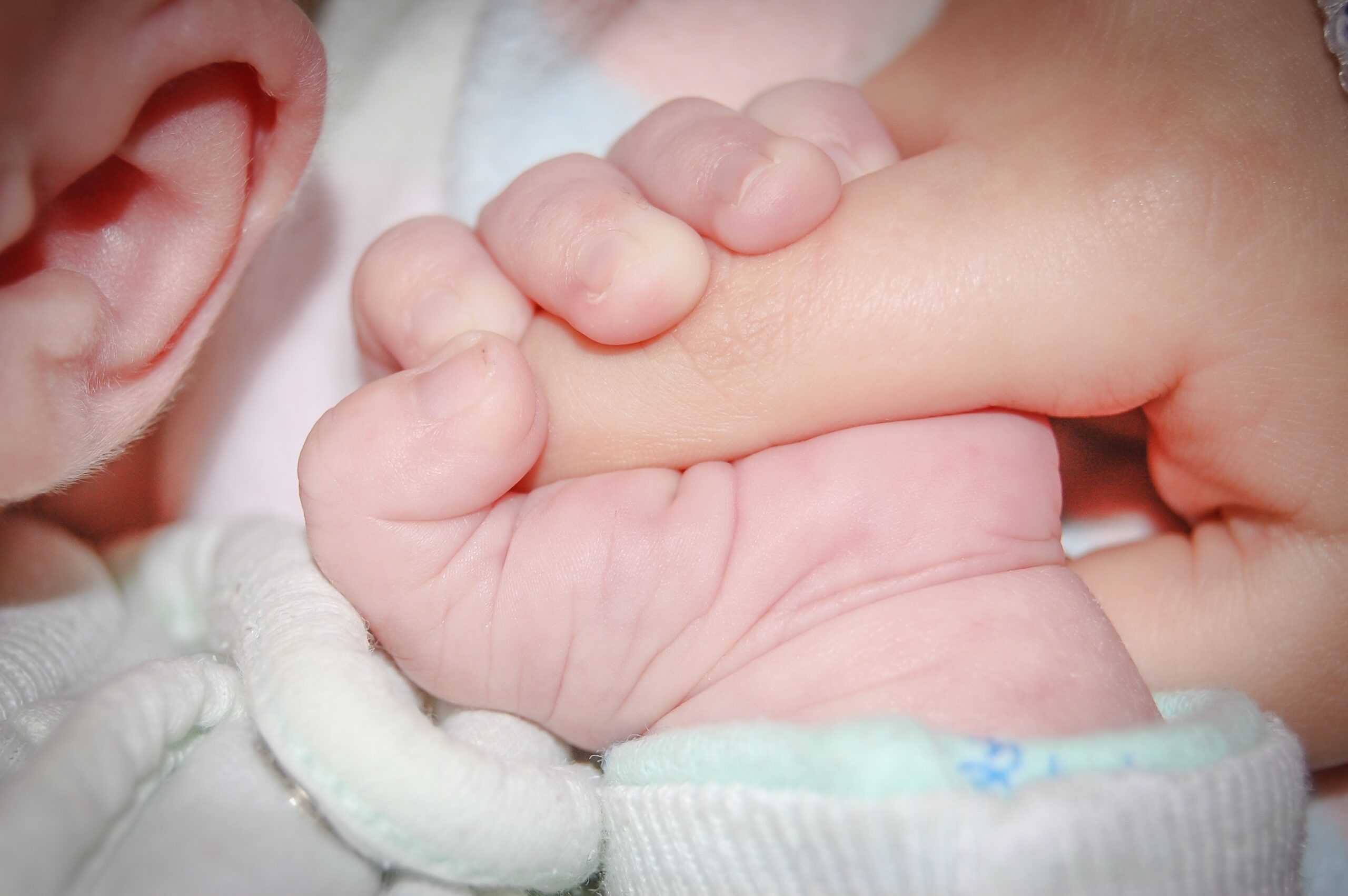Motor skills are the ability to move through everyday life using the muscles in our body. These skills start developing early on and continue to grow into adulthood.
They are essential for overall growth & exploration abilities of kids. Also, motor skills build stamina for exercise & physical health
We will talk about “Fine Motor Skills” in this blog. The movements which use smaller muscles of hands, wrists, fingers, and upper extremities come under fine motor skills.
These skills need higher precision and take some time to integrate into a child’s life. And these skills are honed through practice and repetition.

- Baby girl playing with wooden blocks
Development of different Fine Motor Skills vary depending on the age of the child. Each child has their own journey, a broad overview looks like:
- At birth, a child has a primitive hand grip.
- 2-Month-old babies, can hold a rattle when placed in the hand.
- At 6 months they can hold a block with 2 hands.
And slowly, they start developing pincer grasps. “Pincer Grasps” is the ability to hold things between the thumb & first finger. - By 9th month, babies start developing their pincer grasp. Which is when a child uses it’s 4 fingers excluding the thumb, like a rake, to pick something up.
- And by the 1st birthday, a child can hold a bottle and drop a block into a cup.
Now that we have an understanding of what fine motor skills are. The question arises. Can we do anything to help our children learn and practice?
The answer is, yes!
We have curated a list of activities on the basis of age group for your reference.
0 – 12 month old
-
Try handing the baby a rattle. At first, it will be hard for them to hold it, but with time, say around 3-6 months old, it will become easier.
-
From the 4th month, you can play games which involves small hand movements.
-
Recite small poems like “Twinkle Twinkle” or “Row your boat” with easy hand movements.
-
Kids can also hold small things, like blocks, letters soft toys, etc. This is to ensure they will get used holding onto things.
12 months onwards
- Get your baby a colorful set of cups and start stacking them on top of each other. You can help your baby put blocks or toys into the cups.
- Get them to use both hands to play.
- Get them a crayon to scribble with.
- Encourage them to use a spoon and cup during meal time.
2 Year Olds
- Help them put rings on ring stacker.
- Turn pages of a book one at a time with them.
- Learn how to imitate designs like a circle or cross.
- And finally, help them hold crayons with fingertips and thumb.
3 Year Olds’
- You can introduce child friendly scissors, and help them cut random shapes.
- They can also make cereal or macaroni necklaces.
4 Year Olds’

- Kids enjoying easy craft activities
- Introduce Cutting Different Shapes
- Solving Puzzles: Such as putting each letter of the alphabet in its corresponding space on the board, or a similar puzzle but with shapes. You can find such puzzles online or offline easily. Such puzzles will build gripping, placing & hand-eye co-ordination.
- Drawing and Coloring In: Getting a child to color within the lines to draw and scribble on a blank page, will teach them to hold, and work, with pencil and paper. It helps build concentration, focus, and encourages creativity.
- Personal Hygiene: With supervision & repetition, you can teach a child brushing, using mugs, bathing, etc.
- Dialing The Phone: Get your child to press the numbers as you instruct, on a mobile or landline phone.
- Opening Doors: Whenever entering a building or a vehicle, help them open the door. This would help them learn how to grip, turn and pull.
In conclusion, this process is ongoing and is essential during childhood.
But, walking your child through a daily routine, with patience and determination, will develop fine motor skills.





